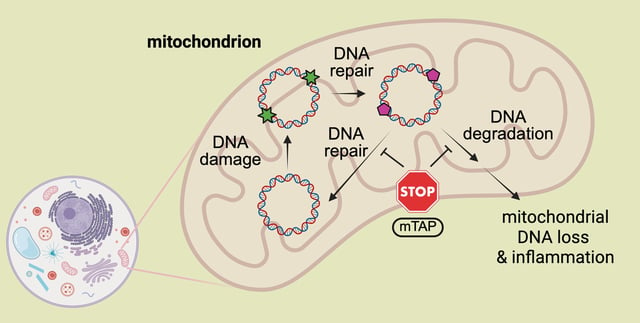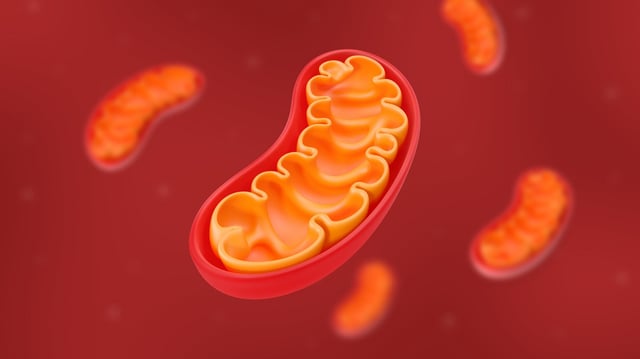Overview
- The probe fuses a damage-recognition moiety with a mitochondrial-targeting unit to ensure specificity and avoid interfering with nuclear DNA.
- Laboratory and living-cell assays showed that cells treated with mTAP retain higher mtDNA levels after exposure to nitrosamine-like stressors.
- Chemically tagged mitochondrial DNA remains functional, supporting transcription into RNA and protein despite the probe’s binding.
- The approach shifts from repairing damage to preventing mtDNA loss, potentially averting inflammation and energy deficits linked to chronic diseases.
- Published in Angewandte Chemie International Edition, the study now moves into preclinical evaluations to assess therapeutic feasibility.

